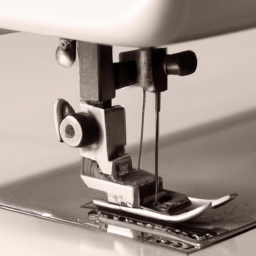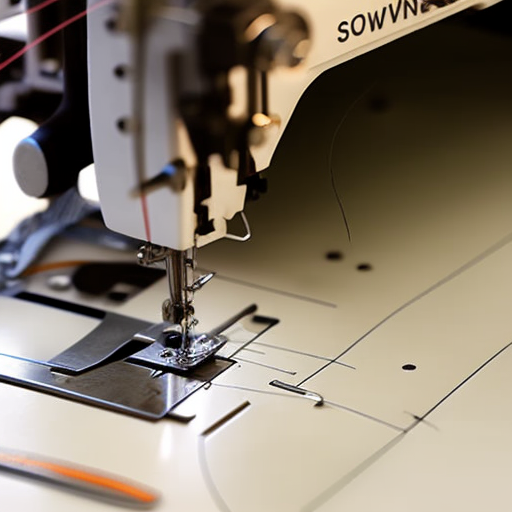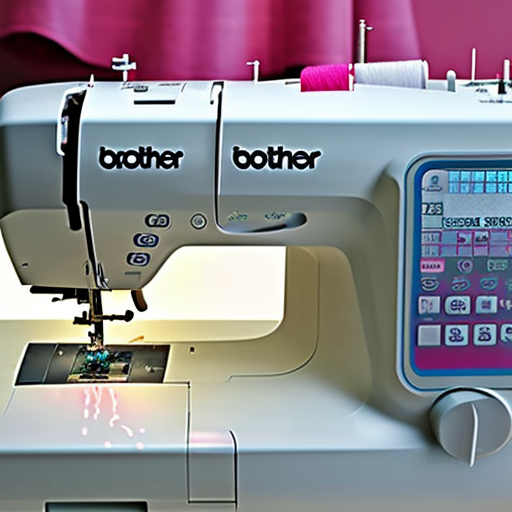
How Do Sewing Machines Work

Sewing machines have revolutionized the world of textile production by automating the process of stitching fabric pieces together. These mechanical devices have greatly improved efficiency, allowing for faster and more precise sewing. Understanding how sewing machines work can be fascinating for both sewing enthusiasts and those curious about the mechanics behind them.
At their core, sewing machines operate on the principle of creating interlocking loops of thread to form stitches. They consist of several key components:
- Needle: The needle serves as the primary tool for creating stitches. It moves up and down rapidly, puncturing the fabric and creating a hole for the thread to pass through.
- Bobbin: The bobbin holds the lower thread, which intertwines with the upper thread to form stitches. It sits underneath the sewing machine’s needle.
- Tension discs: Tension discs control the flow of thread, ensuring it is neither too loose nor too tight during stitching. Proper tension is crucial for well-formed stitches.
- Feed dogs: These small, toothed metal ridges beneath the needle plate move the fabric forward, allowing for a consistent stitch length as the needle moves up and down.
The process of stitching with a sewing machine involves several steps:
- Threading the machine: The upper thread is wound through various guides and the tension discs, and then passed through the eye of the needle. The bobbin is also threaded and placed in the bobbin case.
- Inserting the fabric: The fabric to be sewn is placed under the needle, resting on the needle plate and feed dogs. It is then securely held in place using the presser foot.
- Starting the machine: With the fabric in place, the machine is turned on and the foot pedal is pressed to activate the motor and control the sewing speed.
- Creating stitches: As the foot pedal is pressed, the needle begins to move up and down rapidly. As it goes down, it penetrates the fabric, and the rotating bobbin hook catches the upper thread to form a loop.
- Interlocking stitches: The needle then rises, pulling the upper thread with it. The bobbin hook catches the upper thread, intertwining it with the lower thread from the bobbin, creating a tight and secure stitch.
Sewing machines can perform various stitches, including straight stitches, zigzag stitches, and decorative stitches, by manipulating the needle position, stitch length, and width.
Modern sewing machines may incorporate additional features, such as built-in computerized controls, automatic thread cutters, and adjustable stitch patterns. These advancements further enhance the capabilities and convenience of sewing machines.
Whether you’re a professional seamstress or just beginning to explore the world of sewing, understanding how sewing machines work can deepen your appreciation for these remarkable devices. They have truly revolutionized the textile industry, making sewing efficient and accessible to people from all walks of life.





Fascinating! Wow, I had no idea!
Surendra Sai: Amazing invention! Amazing! I’m so interested to learn more!